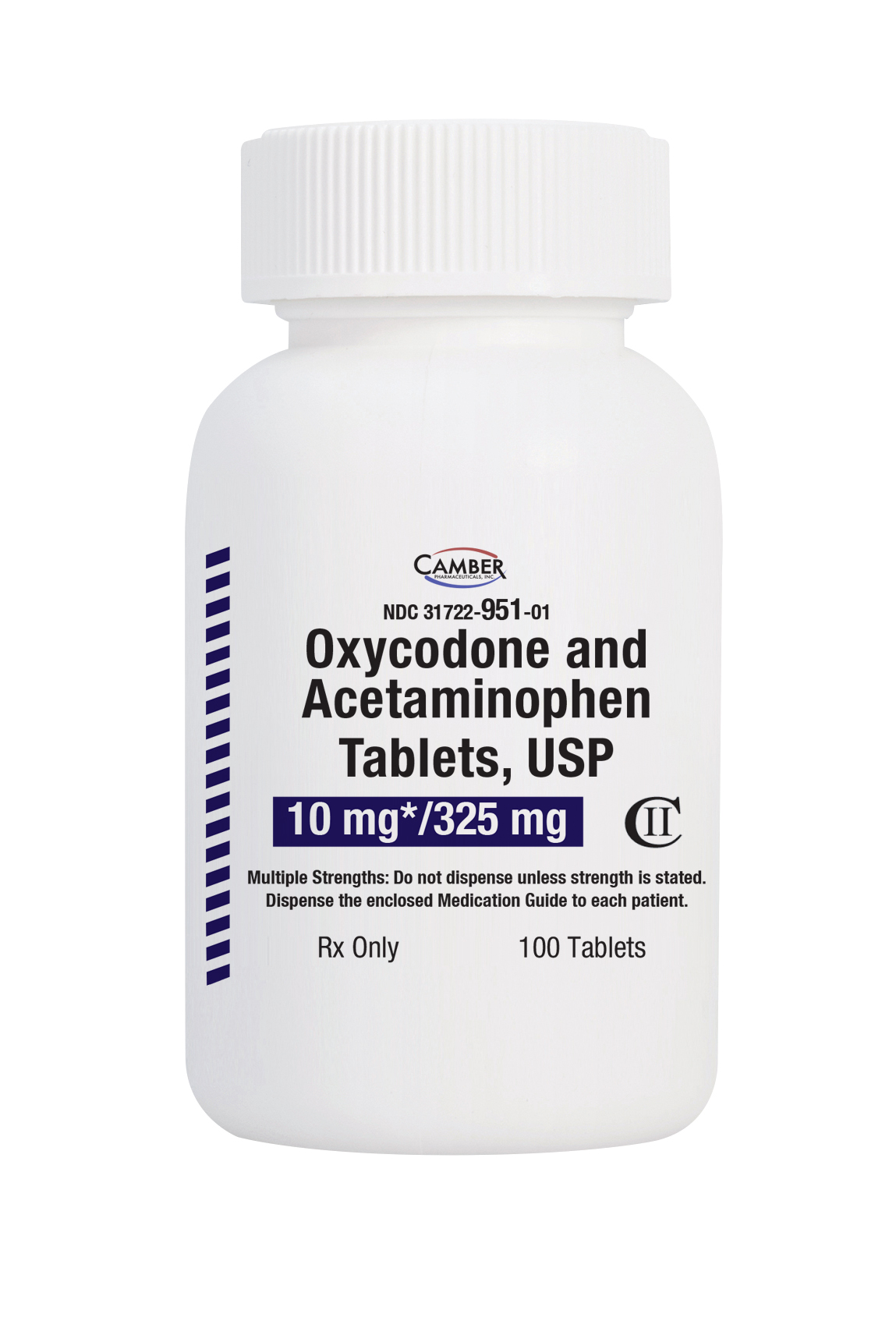Recognizing the Various Sorts Of Oxycodone Formulations Available in the Market
In the world of pain monitoring, oxycodone stands as a powerful analgesic with numerous formulas tailored to certain needs. Recognizing the nuances between immediate-release, extended-release, controlled-release, mix, and abuse-deterrent formulas is extremely important for health care service providers and people alike. Each variant offers a distinct collection of considerations and advantages, affecting treatment efficiency and safety accounts. By diving into the distinctive characteristics of these oxycodone solutions, a clearer picture arises concerning their viability for different clinical situations.
Immediate-Release Oxycodone
Immediate-release oxycodone is a widely prescribed opioid medicine often used to handle sharp pain. It comes from a course of drugs referred to as opioid analgesics, which function by binding to opioid receptors in the mind and spine, decreasing the understanding of discomfort. This formulation of oxycodone is created to give quick discomfort relief, usually within 15 to half an hour of ingestion, with peak impacts happening within 1 to 2 hours.
Health care companies may recommend immediate-release oxycodone for problems such as post-operative pain, injuries, or other short-term uncomfortable conditions. It is necessary for people to follow their doctor's guidelines carefully when taking immediate-release oxycodone to minimize the risk of adverse effects and complications.

Extended-Release Oxycodone
Offered the demand for longer-lasting discomfort administration options in specific instances, Extended-Release Oxycodone supplies a sustained-release solution of the medicine for prolonged relief. This formulation is created to progressively launch oxycodone into the bloodstream over an extended period, generally providing relief for up to 12 hours per dose. Extended-Release Oxycodone is often prescribed for people needing continuous pain administration who can not achieve appropriate relief with immediate-release solutions alone.
One of the essential benefits of Extended-Release Oxycodone is its ability to maintain steady medicine degrees in the body, minimizing the frequency of application compared to immediate-release solutions. This prolonged dosing interval can bring about enhanced benefit for patients and possibly much better pain control by decreasing variations in medication concentrations.
It is crucial to keep in mind that Extended-Release Oxycodone brings a high threat of abuse, abuse, and addiction, emphasizing the relevance of stringent adherence to the suggested dosing regimen and close tracking by doctor. Individuals should just use this solution under the assistance of a healthcare expert to decrease the risk of negative effects.
Controlled-Release Oxycodone
Exactly How does Controlled-Release Oxycodone vary from Extended-Release formulations in discomfort monitoring methods?

Contrasted to Extended-Release solutions, Controlled-Release Oxycodone might supply an extra exact and foreseeable launch of the medicine. This can be valuable for individuals requiring regular pain management without the variations that may occur with various other formulations. In Addition, Controlled-Release Oxycodone may be preferred in instances where a much more gradual and regulated release of the medicine is desired to take care of chronic discomfort conditions efficiently.
Oxycodone Mix Formulas
Oxycodone Combination Solutions integrate oxycodone with other energetic ingredients to improve discomfort management effectiveness. By integrating oxycodone with materials such as acetaminophen or aspirin, these formulas intend to provide a synergistic impact in relieving pain (Buy Oxycodone online). Acetaminophen, for instance, can match oxycodone's analgesic residential properties by targeting various pain pathways, potentially causing boosted discomfort relief
One typical oxycodone mix solution is Percocet, which mixes oxycodone with acetaminophen. This combination is typically recommended for modest to severe pain monitoring. An additional well-known formula is Endocet, which likewise incorporates oxycodone with acetaminophen, supplying comparable benefits in discomfort control.
The addition of other active ingredients in oxycodone combination formulations can also aid reduce the overall opioid dosage required for efficient pain relief, potentially reducing the danger of negative effects related to greater opioid doses. It is crucial for medical care carriers to very carefully examine each client's needs and clinical background before suggesting oxycodone mix formulas to ensure secure and efficient discomfort management.
Abuse-Deterrent Oxycodone
Abuse-deterrent formulations of oxycodone have Home Page actually been established to assist reduce the risks linked with opioid misuse and misuse. These formulas are developed to make it much more tough to tamper with the medication for the purpose of misuse. They incorporate certain technologies that hinder typical techniques of misuse, such as crushing the tablets for snorting or infusing. By making it more difficult to modify the drug's initial form, abuse-deterrent oxycodone intends to decrease the possibility of abuse and addiction.
One common approach utilized in abuse-deterrent solutions is the addition of physical barriers that stop the tablets from being crushed or dissolved quickly. Some formulations likewise consist of substances that create an undesirable result if the drug is tampered with, additionally discouraging abuse. While these solutions are not fail-safe and can not completely eliminate the danger of abuse, they stand for an advance in resolving the opioid epidemic by making it much more tough for people to abuse oxycodone.
Conclusion
To conclude, it is very important for health care specialists to comprehend the different kinds of oxycodone solutions offered in the marketplace. Immediate-release, extended-release, controlled-release, combination formulas, and abuse-deterrent oxycodone each have their very own unique characteristics and indicators. By being experienced concerning these solutions, doctor can make educated choices when recommending oxycodone to individuals, considering elements such as pain administration requires, prospective for abuse, and individual person danger aspects.
Extended-Release Oxycodone is typically prescribed for individuals requiring ongoing pain monitoring who can not achieve adequate alleviation continue reading this with immediate-release formulations alone. - Buy Oxycodone online
